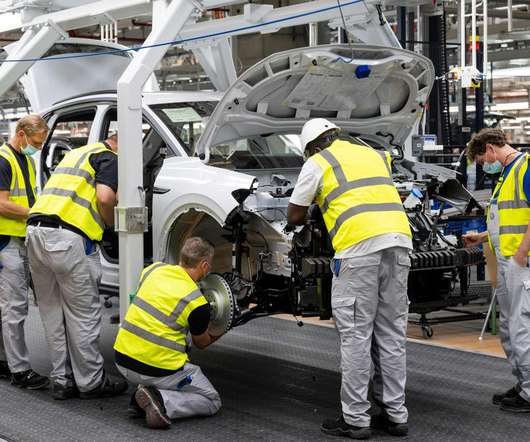As states continue to use less coal for electricity, driving electric vehicles becomes even cleaner
Green Car Congress
NOVEMBER 10, 2021
Battery electric vehicles are only as clean as the energy source used to generate the electricity that powers them. The calculated relative amounts of well-to-wheels emissions of greenhouse gases from eight different energy sources are shown in the table below. Proportional amount of emissions relative to hydro.

















Let's personalize your content